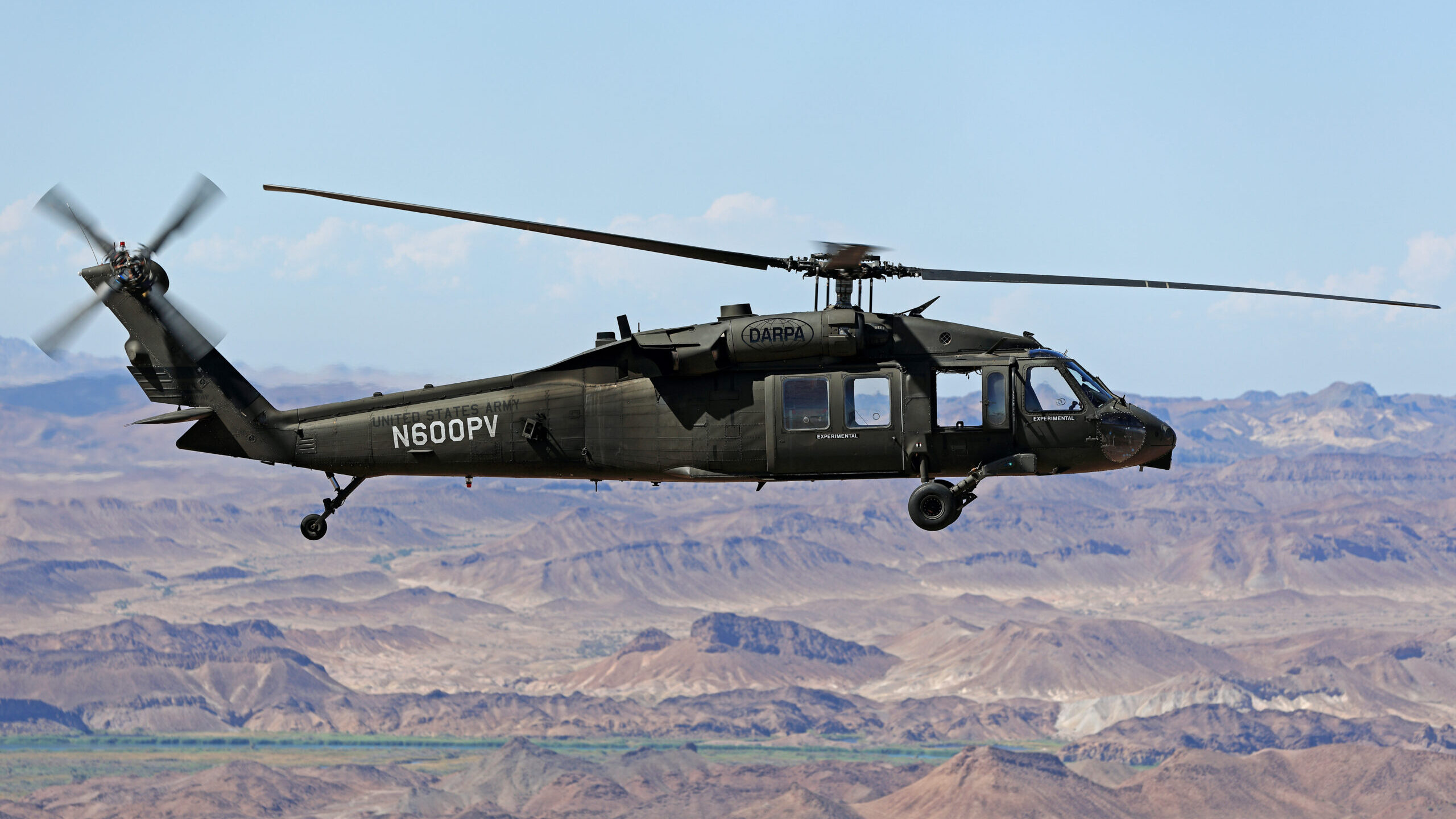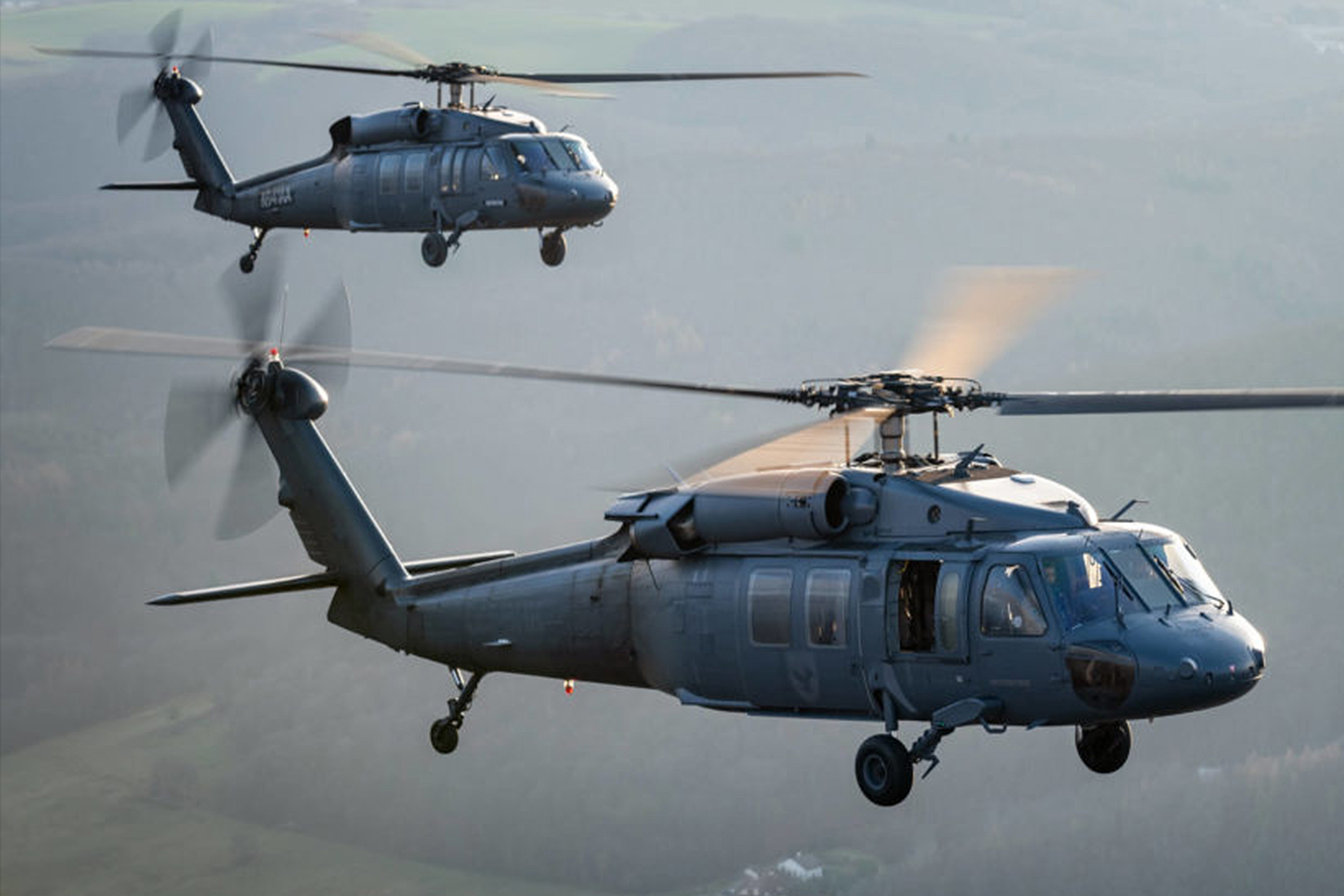Explore the Advanced Features and Capabilities of the UH 60 Helicopter
Explore the Advanced Features and Capabilities of the UH 60 Helicopter
Blog Article
UH-60: Innovations in Modern Helicopter Layout
The UH-60 helicopter stands as a standard in contemporary aeronautics, showcasing considerable developments in design and innovation that cater to the evolving needs of military procedures. As we discover the advancement and crucial innovations of the UH-60, it becomes essential to consider exactly how these growths affect not only current applications but additionally the future landscape of helicopter style.

Evolution of the UH-60
The development of the UH-60 Black Hawk helicopter represents a significant milestone in aerospace design and armed forces aviation. Presented in the late 1970s, the UH-60 was created by Sikorsky Aircraft to meet the USA Military's need for a functional utility helicopter capable of executing a range of missions. Its layout highlighted ability to move, toughness, and rate, setting brand-new standards for functional performance.
The UH-60 features a distinct four-blade rotor system, which enhances lift and security, allowing it to run successfully in diverse settings. Its airframe is created from innovative composite products, adding to a decrease in weight while keeping structural integrity. The helicopter's layout likewise incorporates improved the rules of aerodynamics, which improves fuel performance and enhances array.
For many years, the Black Hawk has undertaken several upgrades to improve its capacities, including boosted engines, advanced flight control systems, and modular systems for easy maintenance and adaptability. The helicopter's capacity to perform objectives ranging from troop transport to clinical discharge has actually solidified its duty as a backbone of united state army procedures. The UH-60 Black Hawk continues to be a prime example of how advancement in helicopter layout can considerably affect armed forces efficiency and functional versatility.
Advanced Avionics Solutions
Innovations in avionics systems have actually changed the capacities of modern-day helicopters like the UH-60 Black Hawk, boosting functional performance and situational recognition (UH 60). The assimilation of innovative avionics enables boosted flight, navigation, and interaction management, making the UH-60 more versatile in diverse goal accounts
One of the essential features is the advanced digital cockpit, which employs multifunction displays that provide real-time information, ensuring pilots have immediate access to critical trip details. This streamlining of details lessens pilot workload and enhances decision-making procedures throughout complicated operations. In addition, the incorporation of general practitioner and inertial navigation systems enables precise positioning and route preparation, enhancing goal implementation in challenging environments.
In addition, progressed avionics systems improve communication capacities with safe data web links and voice interaction systems, enabling smooth coordination with ground pressures and various other airplane. The assimilation of automated flight control systems better adds to enhanced security and control, particularly in negative climate condition or during low-altitude maneuvers.
Engine and Efficiency Enhancements
Engine performance in contemporary helicopters has actually taken a significant leap forward, driven by advancements that enhance integrity, efficiency, and power. The UH-60 Black Hawk, for instance, utilizes the T700-GE-701C engine, which features a dual-channel, full-authority digital engine control system.
Additionally, the combination of engine wellness tracking systems enables real-time diagnostics and predictive maintenance, considerably improving operational integrity. These systems not just sharp teams to prospective issues before they come to be critical yet additionally promote extra effective maintenance scheduling, thereby lowering downtime.

Products and Structural Innovations
Recent advancements in products and architectural layout have transformed contemporary helicopter construction, enhancing both performance and toughness. The intro of advanced composite materials, such as carbon fiber reinforced polymers, has significantly reduced weight while maintaining structural stability. This change not only enhances fuel efficiency however likewise enhances payload capacity, allowing helicopters like the UH-60 to do even more diverse goals.
In addition, developments in aluminum alloys and titanium elements have added to boosted resistance to rust and fatigue, expanding the life expectancy of vital airframe elements. The calculated use these products has led to a decrease in maintenance needs and enhanced overall functional readiness.

Furthermore, the assimilation of computer-aided design (CAD) and additive production technologies has actually enabled a lot more complex geometries and lightweight frameworks, optimizing the wind resistant efficiency of helicopter designs. These improvements facilitate fast prototyping and manufacturing, allowing makers to respond quickly to advancing mission requirements.
Safety and Survivability Functions
Safety and security and survivability functions in modern-day helicopter layout have ended up being extremely important, reflecting the raising needs for objective efficiency in tough environments. The UH-60 Black Hawk, a significant example, incorporates innovative technologies to improve staff and traveler defense. One of the most critical improvements is the incorporation of crashworthy fuel systems designed to decrease the threat of fire during impact. Furthermore, the airframe is created with reinforced materials that dissipate and take in energy, additional shielding occupants in case of an accident.
The helicopter also uses a ballistic defense system, which consists of armored see here now staff seats and crucial systems protecting, minimizing vulnerability to small arms fire and shrapnel. Boosted situational recognition is accomplished with advanced avionics and sensing unit modern technologies, enabling pilots to spot and avoid hazards successfully.
Furthermore, the integration of redundancy in critical systems-- such as double imp source engines and multiple trip control channels-- ensures ongoing operation also if one system stops working. The UH-60 is equipped with sophisticated emergency flotation protection devices, enhancing survivability in water touchdowns. Collectively, these attributes not only boost the security of personnel however also boost mission success prices in hostile settings, demonstrating the dedication to excellence in helicopter style.
Conclusion
The UH-60 helicopter represents a considerable development in modern-day aviation modern technology, incorporating cutting-edge materials, sophisticated avionics, and durable safety functions. Its advancement reflects a dedication to enhancing efficiency and operational effectiveness while ensuring pilot and team survivability. The assimilation of lightweight compounds and advanced navigation systems highlights the helicopter's flexibility in various armed forces goals. In general, the UH-60 acts as a criteria for future developments in helicopter style, personifying durability and convenience in modern military operations.
The UH-60 helicopter stands as a standard in modern-day aeronautics, showcasing substantial innovations in layout and modern technology that provide to the progressing needs of armed forces operations. As we explore the evolution and link key innovations of the UH-60, it becomes essential to consider just how these advancements affect not only current applications but additionally the future landscape of helicopter layout.
Presented in the late 1970s, the UH-60 was developed by Sikorsky Aircraft to fulfill the United States Military's requirement for a versatile utility helicopter qualified of carrying out a variety of missions. The UH-60 Black Hawk continues to be a prime example of how technology in helicopter layout can dramatically affect military performance and functional versatility.
Overall, the UH-60 offers as a criteria for future developments in helicopter layout, personifying durability and versatility in modern armed forces operations.
Report this page